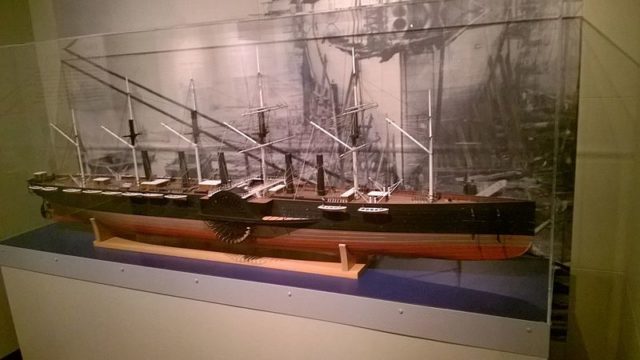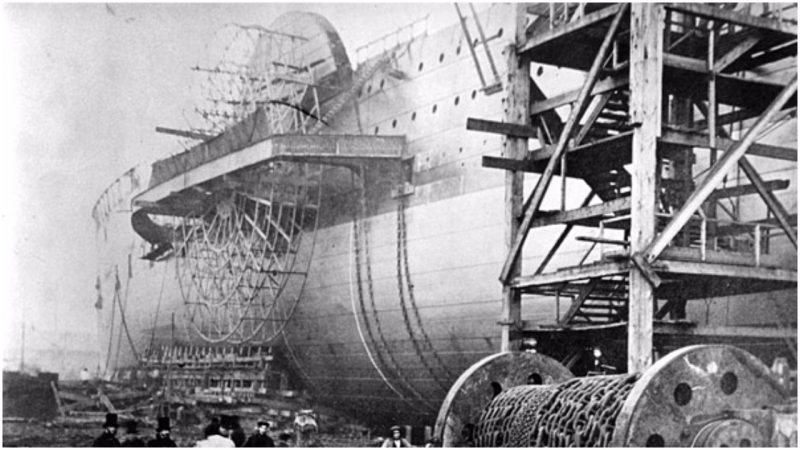At the time of her making, she was the biggest ship ever built in London and able to carry up to 4,000 passengers. The ship was so powerful that it could travel all the way to Australia from England without needing to be refueled.
Following the design of Isambard Kingdom Brunel, who has been described as “One of the most ingenious and prolific figures in engineering history,” the SS Great Eastern was born.
It was constructed by Millwall Iron Works on the waters of the River Thames. The project began with a sketch that Brunel drew in his journal on March 25, 1852.

His idea was, according to what he wrote under the sketch, for the ship to be around 590 feet long and 65 feet wide. Compared with the ships already afloat, the plans were for a ship that would be six times bigger than any ship that had ever previously been built.
Medieval ship discovered in Dutch port
It would be the biggest vessel ever placed in the water at that time. The design itself was inspired by a science that has nothing to do with the art of shipbuilding. It was the economics of scale that justified such jumbo dimensions.

Such a massive ship would need a powerful engine to create thrust strong enough to move the vessel. And so Brunel came up with a combination of both paddle wheel and a screw.
Convinced that this would work, he took the schematic to John Scott Russell, a friend he had met in Hyde Park during “The Great Exhibition of the Works of Industry of All Nations.”

Russell meticulously went over his plan. Stunned by the numbers, he made a calculation of his own. The results Russell came up with revealed that the ship would need a staggering 8,500 horsepower to be able to move this ship at 26 km/h.
But nonetheless, he said it was achievable. Once all the necessary permits and funds were gathered, the construction of the ship was ready to commence.
Understandably, Brunel was appointed as the chief engineer and a very strict one. He made it clear to everyone that he should always be consulted for any matter concerning the building of the ship. He also stated that the blueprints were more than clear and should not be altered in any way.

According to Brunel, the cost of building the ship was around $658,000 ($77 million, inflation adjusted for 2017). Russell went over the plans and managed to lower it to $496,000.

But then problems began to arise. The major one was Russell’s bankruptcy. Further investigations revealed that 1,200 tons of steel were missing.
Nearly finished, the ship was taken over by the Eastern Company, which took on the task of finishing the vessel. Once everything was in order and the ship was completed, a final launch date was appointed: November 3, 1857, just in time for the high tide.
Brunel wanted a small ceremony for this grand launch. Instead, the whole thing turned into a great fanfare where thousands of people came from all corners of the city to witness this unique event.
Given the fact that they never launched a ship of this size before, setbacks were inevitable. Instead, the ship was launched on January 31, 1858.

The SS Great Eastern turned out to be 692 feet long with a gross tonnage of 18,915. Throughout the years, it made a number of voyages.
After suffering from an explosion in 1859, it pushed on for several more years as a passenger ship. Later on, it was converted and became a cable-laying ship.

SS Great Eastern was the ship that in 1866 placed the first transatlantic telegraph cable.
Its story ends in 1889 after just three decades of service.
